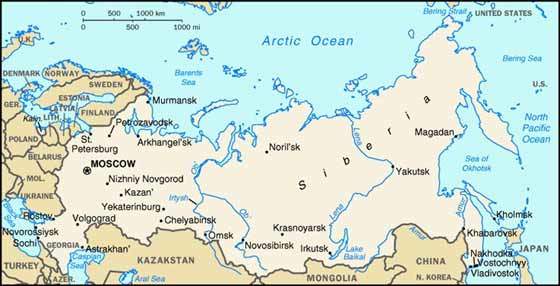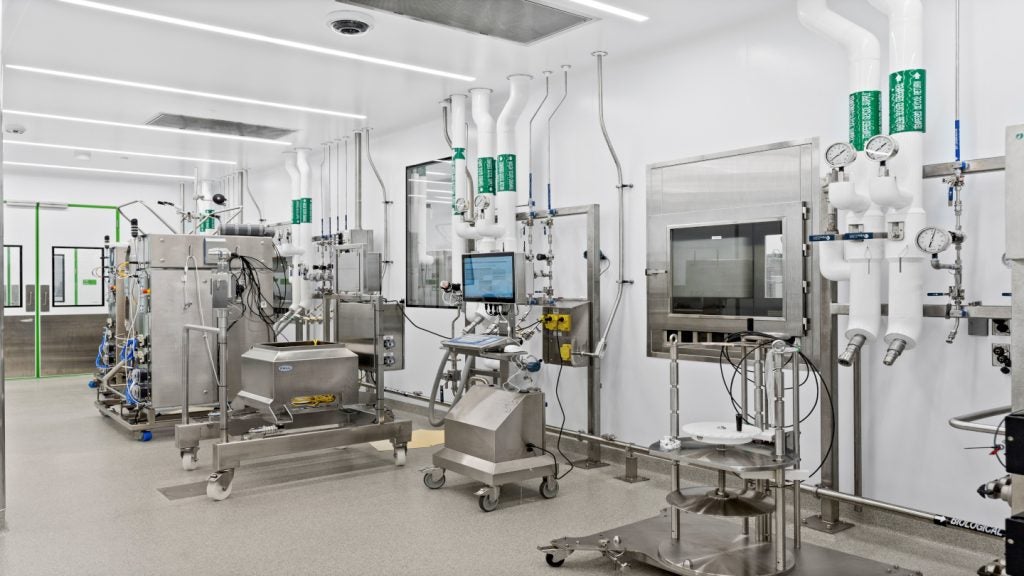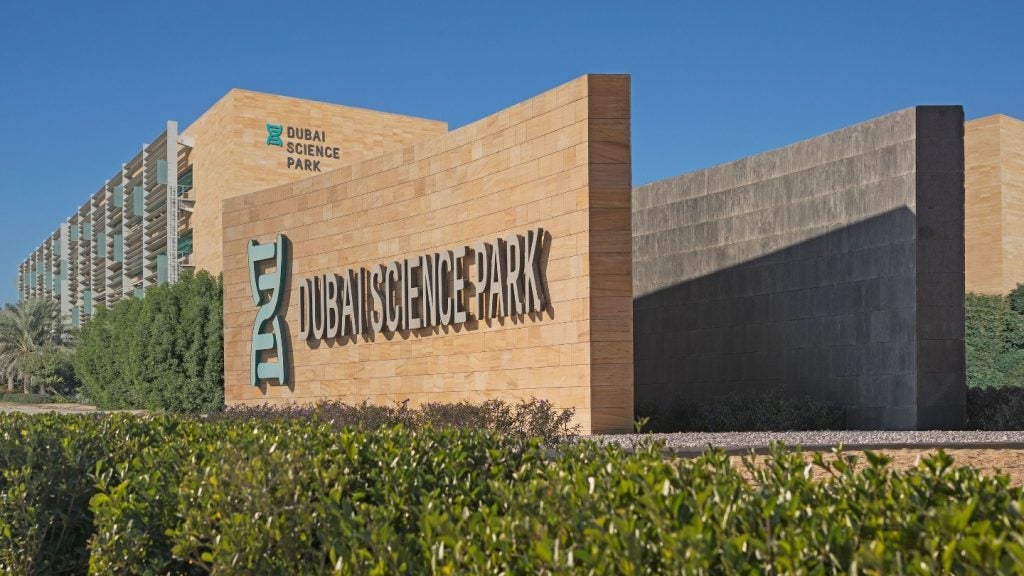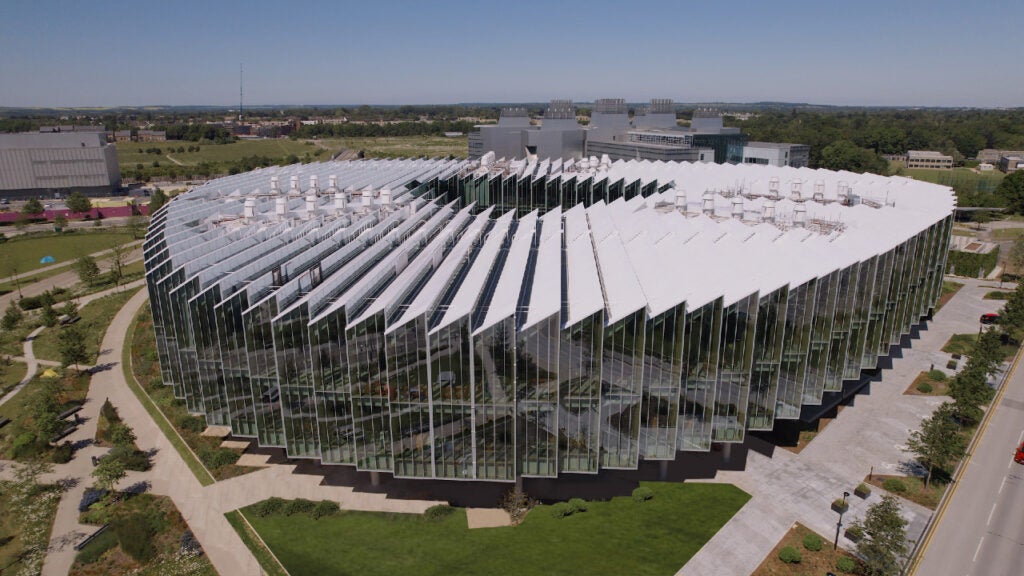In 2000 Searle Pharma (part of Pharmacia which combined/merged with Pfizer in April 2003) opened a $30m medication production plant in Izvarino, Moscow. The plant’s aim was to lower production costs by 50%, and produce 300 million tablets and capsules per year.
The factory, which sits alongside a row of half-completed pharmaceutical research facilities owned by Searle’s Russian joint-venture partner, RAO Biopreparat, has an approximate 5% share of the Russian market.
Around 75% of the Russian pharmaceutical market is still supplied by foreign imports (2007 figure) mostly from France and Germany. The Russian government has put an increased tax on imported pharmaceutical products to encourage foreign companies to invest in, and thus manufacture, products in Russia.
MANUFACTURING AIMS AND BACKGROUND
Searle’s new plant at Izvarino primarily manufactures the most marketable new-generation drugs, namely, cardio-vascular, gastroenteric and antibacterial drugs. It also produces antibacterials, antihypertensives, antivirals, cancer drugs and anti-arthritics. All products are marketed at a price that enables them to be used widely.
The site, which covers 6,500m², was donated by the National Research Center for Molecular Diagnostics and Treatment (VNTSMDL), which is owned by the all-Russian scientific centre of molecular diagnosis and treatment RAO (Biopreparat). Searle Pharma (75%) and Biopreparat (25%) owned the business jointly.
The idea for the venture was first conceived while work was being carried out by the Russia-American Gore-Chernomyrdin intergovernmental commission. The agreement between Searle and Biopreparat was brokered with assistance from the US Agency for International Development (US-AID) and the Russian Ministry of Public Health and Medical Industry.
FINANCE AND CONSTRUCTION
American companies invested $24m in the project. Searle invested the largest sum and US-AID contributed $6m. Equipment for the plant was supplied by companies in Germany, England, Italy, France and the US. The major contractor was Domus along with Jacobs Engineering and laboratory equipment was supplied and installed by Intertech (also provided training for personnel).
REDUCTION IN THE PRICE OF MEDICINES IN RUSSIA
The plant was the first in Russia to be designed and built in strict compliance with world good manufacturing (GMP) standards and was supposed to help in the reduction of the price of medicines in Russia. The economic crisis in the country occurred just as the plant was being finished. However, the plant formed a good base for the establishment of a domestic supply of important medicines at more reasonable prices, which previously could only be imported.
SEARLE AIMED TO INTRODUCE BRANDED GENERICS TO RUSSIAN MARKET
Searle Pharma, previously one of the world’s top five pharmaceutical companies, was a subsidiary of US-based life sciences conglomerate Monsanto. The opening of the facility at Izvarino coincided with a serious downturn in demand for expensive Western pharmaceutical products.
The 1998 devaluation of the rouble meant that imported goods, including pharmaceutical products, became more expensive for the Russian consumer, whose average expenditure on pharmaceuticals dropped from $15 to $8. This figure was low, compared to the average $220 spent by Americans and $50 spent by Hungarians. The Russian pharmaceutical market has regressed by 60% overall.
The flagging rouble meant that foreign exporters were the worst hit by the four-fold rise in healthcare drugs prices in Russia. With government funds too scarce to finance the procurement of free drugs, many suppliers just suspended shipments to Russian consignees.
STRATEGY
The plant construction was completed as the economic crisis hit and, although it was thought that actual payback of the initial investment would probably not occur until at least 2010, Searle management believed that the plant gave them flexibility to introduce branded generics to the Russian market, and thus establish a major brand presence. The manufacture of the cheaper generic drugs was a saving grace at the time, actually producing a product that the average Russian could afford.
At the time Searle also offered to be a contract manufacturer for companies wanting to move into the Russian market. Searle, with an important presence in Russia, just had to bide its time until the market recovered. The Russian pharmaceutical market has since increased from $1.5bn in 2001 to $3.5bn in 2005 – definitely a trend for recovery.








